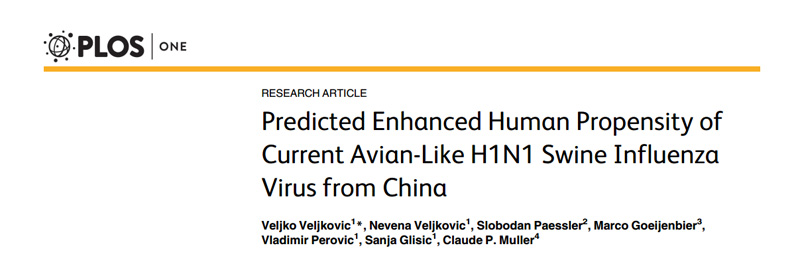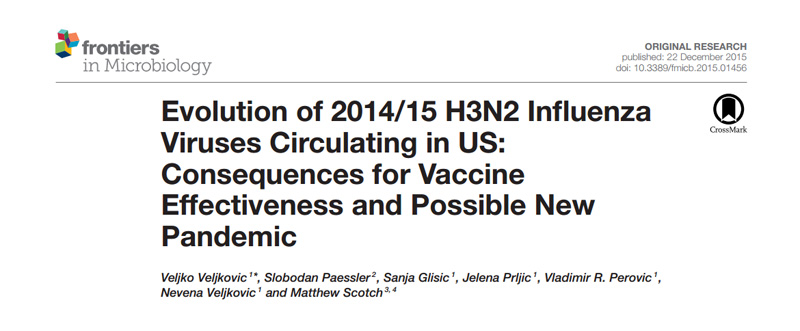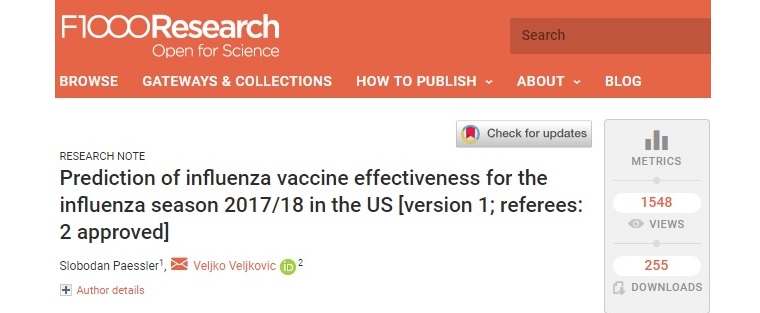EXAMPLE 1
Influenza A virus (IAV) subtypes against which little or no pre-existing immunity exists in humans represent a serious threat to global public health. Monitoring of IAV in animal hosts is essential for early and rapid detection of potential pandemic IAV strains to prevent their spread. The MS-based bioinformatics tool, which can be used for monitoring of the evolution of swine influenza viruses towards a pandemic virus, was developed and have made publicly available.

EXAMPLE 2
A key factor in the effectiveness of the seasonal influenza vaccine is its immunological compatibility with the circulating viruses during the season. MS-based bioinformatics approach for analysis of influenza viruses which could be used as an efficient tool for selection of vaccine viruses, assessment of the effectiveness of seasonal influenza vaccines, and prediction of the epidemic/pandemic potential of novel influenza viruses was proposed.

EXAMPLE 3
Vaccination against seasonal influenza viruses is the most effective way to prevent infection. A key factor in the effectiveness of the seasonal influenza vaccine is its immunological compatibility with the circulating viruses during the season. The high evolutionary rate, antigenic shift and antigenic drift of influenza viruses, represents the main obstacle for correct prediction of the vaccine effectiveness for an upcoming flu season. Conventional structural and phylogenetic approaches for assessment of vaccine effectiveness have had a limited success in prediction of vaccine efficacy in the past. Recently, a novel bioinformatics approach for assessment of effectiveness of seasonal influenza vaccine was proposed. Here, this approach was used for prediction of the vaccine effectiveness for the influenza season 2017/18 in US.

